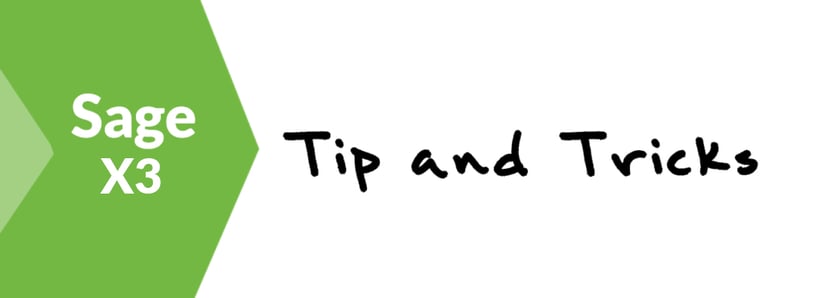How to process performance obligations in Sage X3 under ASC 606
Organizations are always free to invoice customers whenever they choose, but under ASC606, revenue recognition occurs when performance obligations have been met. Organizations are required to account for billed vs unbilled receivables and deferred vs recognized revenue, based upon the specifics of each sales contract.
In most distribution environments, invoicing and revenue/cost recognition typically occur at the same time (when an order is shipped). Amounts generally post to clearing accounts when shipped and reverse out upon invoicing.
If the FOB point is anything other than origin, i.e. destination or some other mid-point, an organization may have not yet fully satisfied their performance obligations (to successfully deliver the goods). Unless there’s significant latency between time of shipment and customer receipt and a material revenue impact, this could be easily addressed at the end of each accounting period via an adjustment and reversal in the subsequent period.
Entities are to consider if there are additional performance obligations (in addition to shipment of goods) in connection with each sale. Under FASB ASC 606, shipping and handling activities can be viewed as an additional performance obligation depending on FOB destination (fulfillment activities) or FOB shipping point (promised services). However, the Entity does have the ability to elect an accounting policy to treat promised services as fulfillment services, which would eliminate further evaluation under ASC 606. If this policy is elected, the Entity would accrue the costs associated with the shipping and handling activities at the time it recognizes revenue under the contract. This would eliminate the need for multiple performance obligations.
Standard Sage X3 will recognize the revenue, cost and receivable upon shipment and then clear it from the clearing accounts upon invoicing.

The auto journals can be modified during the shipping process to suppress the postings for the sales amounts and post costs to goods in transit instead of cost of sales. Then, once notified the customer has received the goods, the entire sale can be recorded when the invoice is posted. The amounts can also be accrued monthly based upon reports rather than modifying the auto-journals.
The Sage X3 container tracking system also allows the recording of the liability based on the FOB terms of a purchase order. This allows the recording of the liability if the FOB terms are origin and the goods are still in transit.
![]()




